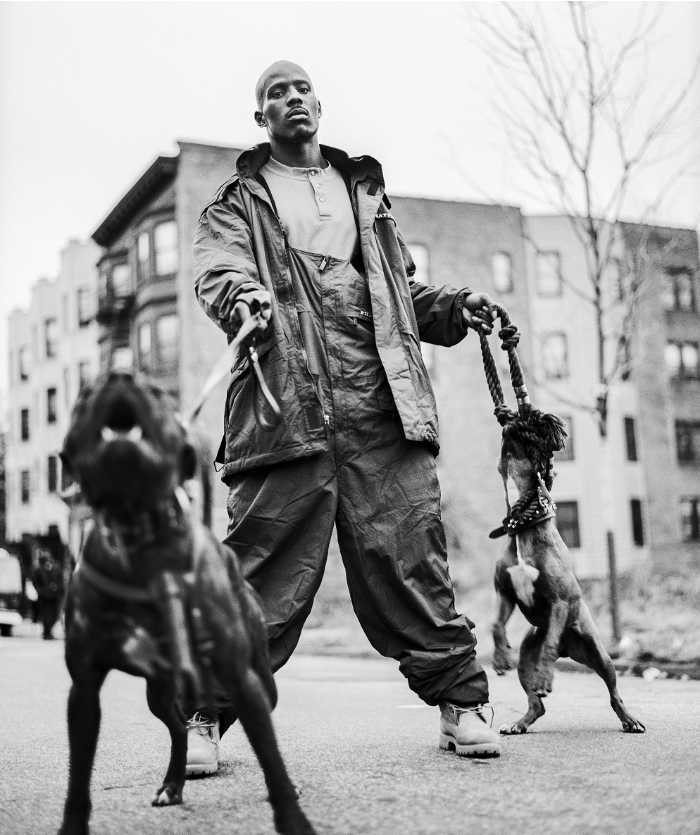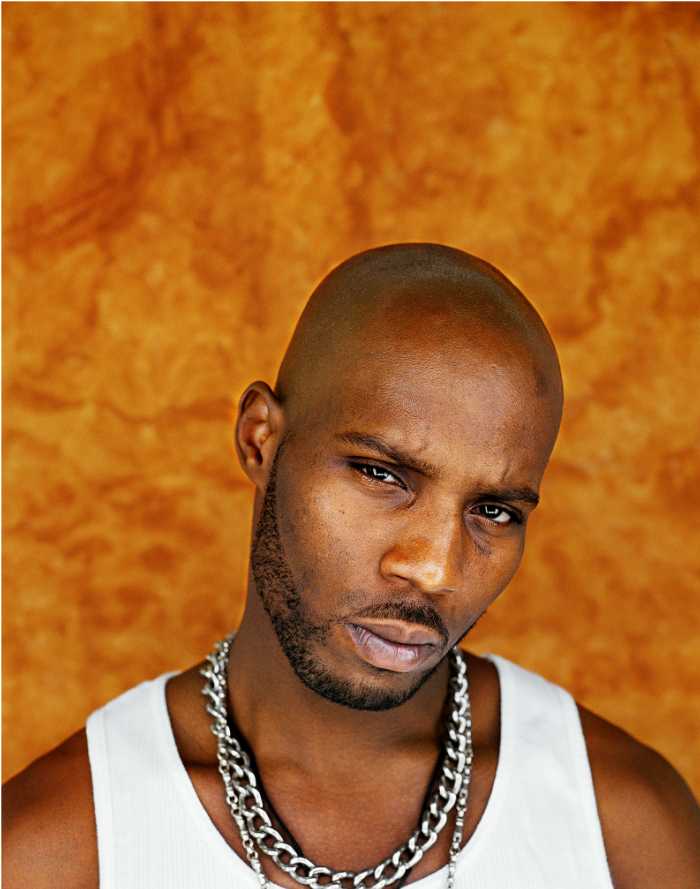(New York, NY April 9, 2021) “We are deeply saddened to announce today that our loved one, DMX, birth name of Earl Simmons, passed away at 50-years-old at White Plains Hospital with his family by his side after being placed on life support for the past few days. Earl was a warrior who fought till the very end. He loved his family with all of his heart and we cherish the times we spent with him. Earl’s music inspired countless fans across the world and his iconic legacy will live on forever. We appreciate all of the love and support during this incredibly difficult time. Please respect our privacy as we grieve the loss of our brother, father, uncle and the man the world knew as DMX. We will share information about his memorial service once details are finalized.” – Earl “DMX” Simmons’ Family

“White Plains Hospital extends its deepest condolences to the family of Mr. Simmons, as well as his friends and legions of fans who expressed their unwavering support during this difficult time. Earl Simmons passed away peacefully with family present after suffering a catastrophic cardiac arrest.”

When it comes to DMX, a man blessed with a vicious bark of a voice, there is no such thing as half-stepping. Born Earl Simmons in 1970, the Yonkers-raised MC arrived as the physical embodiment of unbridled energy—a one-man distillation of fellow rugged New York acts like Wu-Tang Clan. With the release of his 1998 debut, It’s Dark and Hell Is Hot, DMX wrapped himself in musical aggression that enhanced his imposing presence across songs like the minimal, clanging “Get at Me Dog” and rowdy breakout “Ruff Ryders’ Anthem.” But X scaled back the pugnacity on that same album’s introspective “How’s It Goin’ Down,” which featured angelic vocals from R&B’s Faith Evans and painted a vivid picture of a complex relationship headed down the wrong path. DMX would revisit that sensitivity on “Slippin’,” a heart-rending track from 1998’s Flesh of My Flesh, Blood of My Blood that found him expressing a desire to live a less tumultuous life. As at odds as the rapper’s two sides may seem to be, he’s always thrived most while letting his emotions fly unrestrained. In 2000, he released …And Then There Was X, where even the anthemic “Party Up” served as a prime example of DMX’s uniquely intense take on hardcore hip-hop. But whether ferocious, amped up, or introspective, the MC has remained grounded by his faith, which, especially in the later years of his career, he approaches with nothing short of absolute devotion.

Following the deaths of Tupac Shakur and the Notorious B.I.G., DMX took over as the undisputed reigning king of hardcore rap. He was that rare commodity: a commercial powerhouse with artistic and street credibility to spare. His rapid ascent to stardom was actually almost a decade in the making, which gave him a chance to develop the theatrical image that made him one of rap’s most distinctive personalities during his heyday. Everything about DMX was unremittingly intense, from his muscular, tattooed physique to his gruff, barking delivery, which made a perfect match for his trademark lyrical obsession with dogs. Plus, there was substance behind the style; much of his work was tied together by a fascination with the split between the sacred and the profane. He could move from spiritual anguish one minute to a narrative about the sins of the streets the next, yet keep it all part of the same complex character, sort of like a hip-hop Johnny Cash. The results were compelling enough to make DMX the first artist ever to have his first four albums enter the charts at number one.

